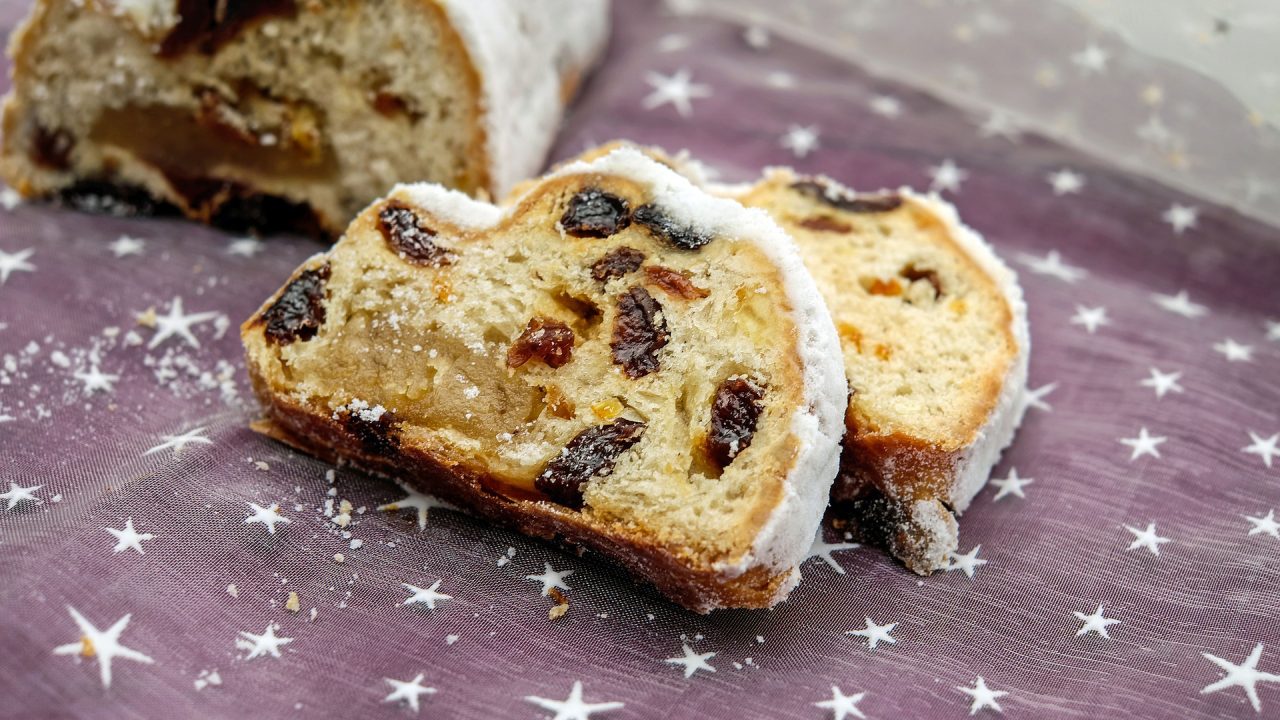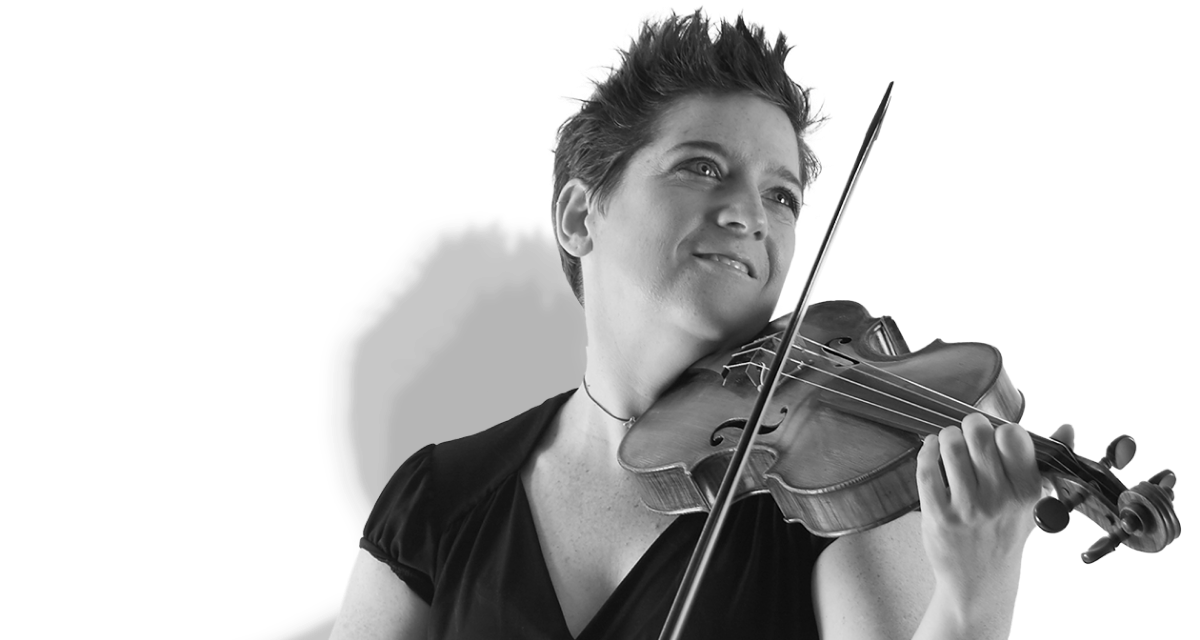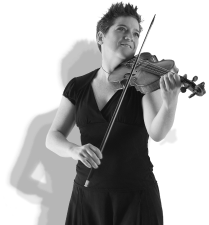Christmas wasn't all stollen and Glühwein for an 18th Century town music director. Joanna Wyld investigates the tensions smouldering below the surface in Bach's Leipzig.
Every year one hears the plaintive lament that Christmas has been mentioned even earlier than before, with shops advertising their wares at an eye-wateringly premature date. There was less risk of this happening to an 18th Century German Lutheran like JS Bach. Living in Leipzig as a busy director of music overseeing several churches, the rhythms of the liturgical calendar would have been palpable. The Christmas season began on 25 December, lasting until the feast of the Epiphany in January. Leading up to this was the season of Advent, with its more solemn sense of preparation, and there were numerous liturgical and cultural markers to denote this shift between anticipation and celebration. Even so, Bach had to think ahead, and in 1734 he set about preparing for the Christmas season of 1734-35 by writing a vast Christmas oratorio: a set of six cantatas to be performed on six key occasions during the Christmas period.
Meanwhile, although the distinction between Advent and Christmas was a firm one, Bach’s compatriots relished getting into the festive spirit. In Dresden in 1730, Augustus II the Strong, Elector of Saxony, ordered the Bakers’ Guild of Dresden to bake an enormous Stollen cake weighing 1.7 tonnes so that everyone might enjoy a piece – an undertaking that called for the construction of a giant Stollen oven and Stollen knife. Back in Leipzig, the local pastry delicacy was the Leipziger Lerche, a lark pie (in 1720, 400,000 larks were sold for consumption, although the practice was banned 150 years later and the filling replaced with crushed almonds, other nuts and cherries), washed down with Gose, a local sour beer particularly popular during Bach’s era. At Christmas time, both Glühwein (mulled wine) and Lebkuchen (a type of gingerbread) were already seasonal staples.


